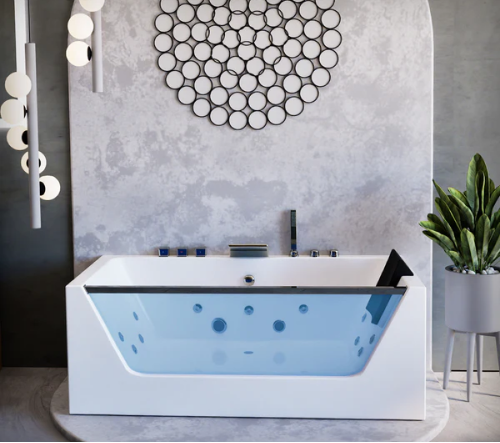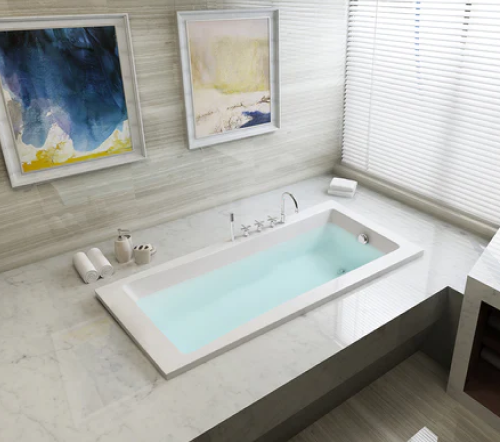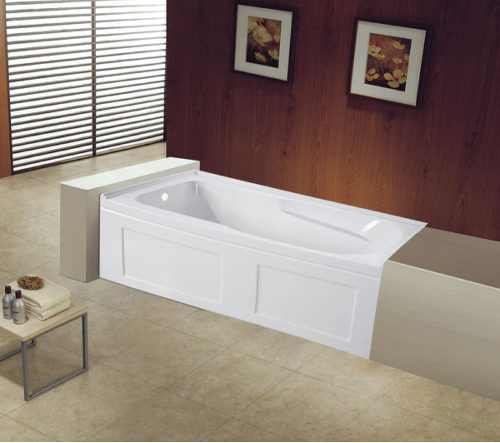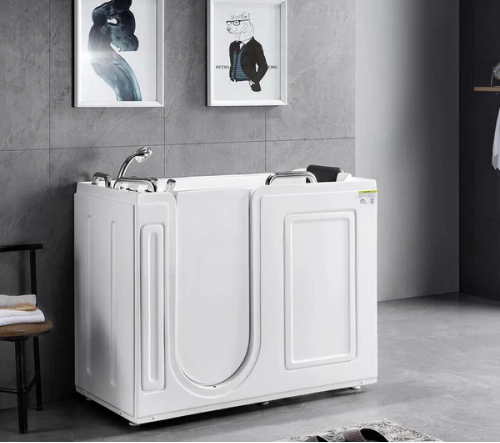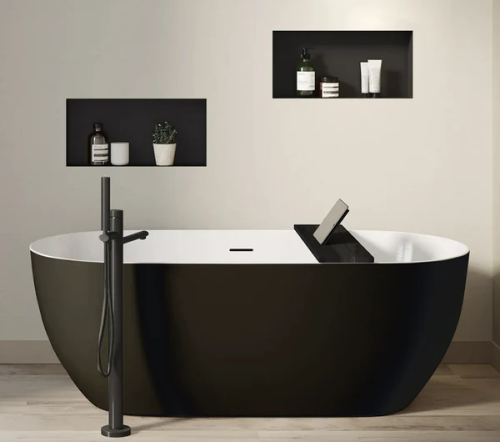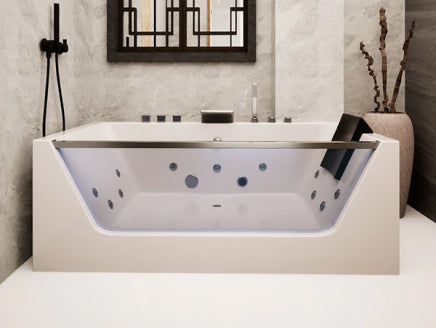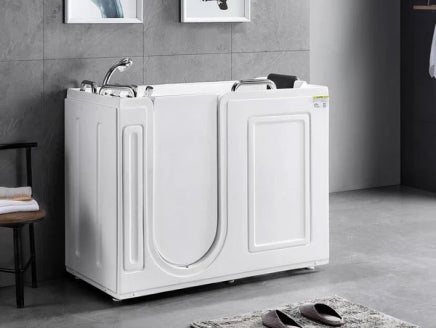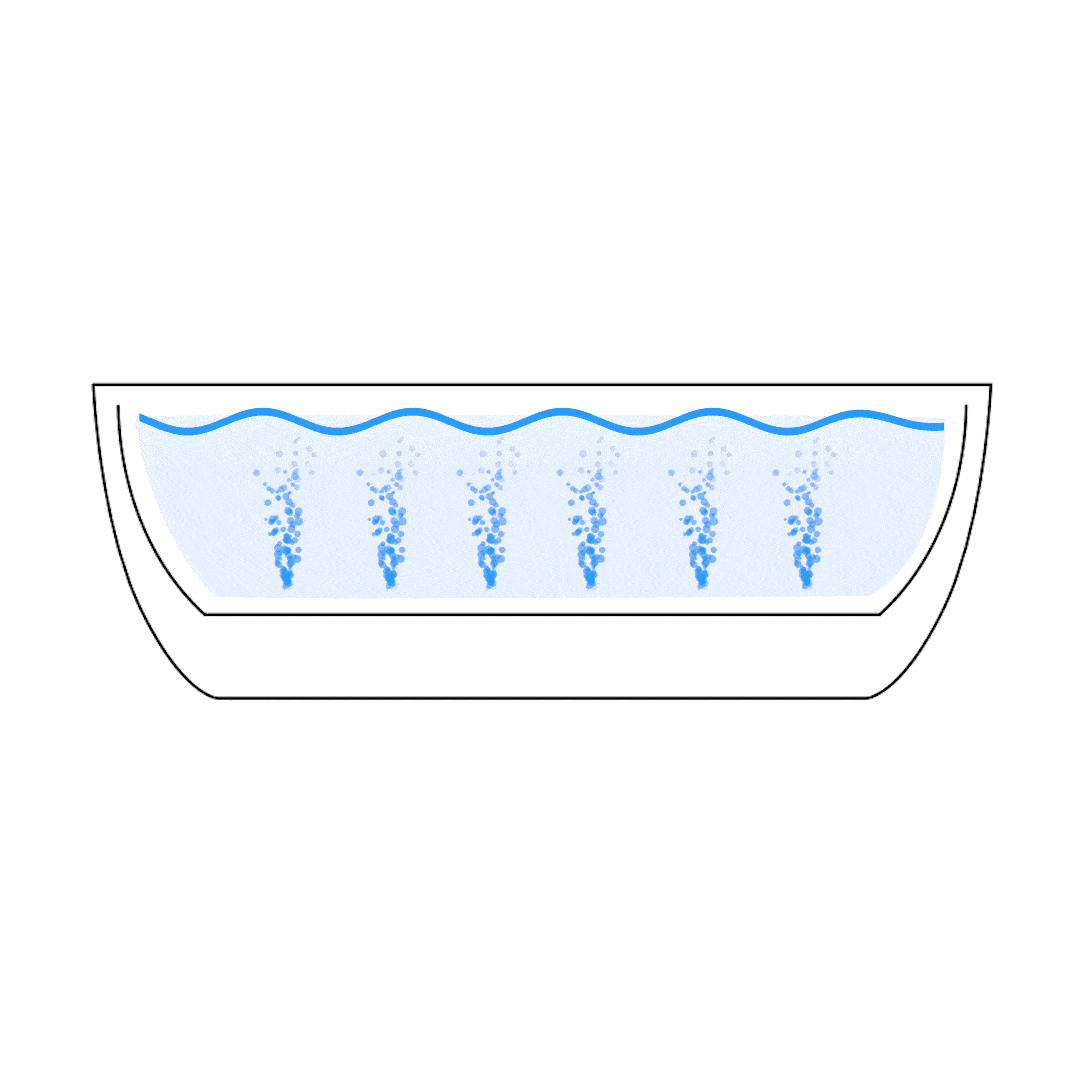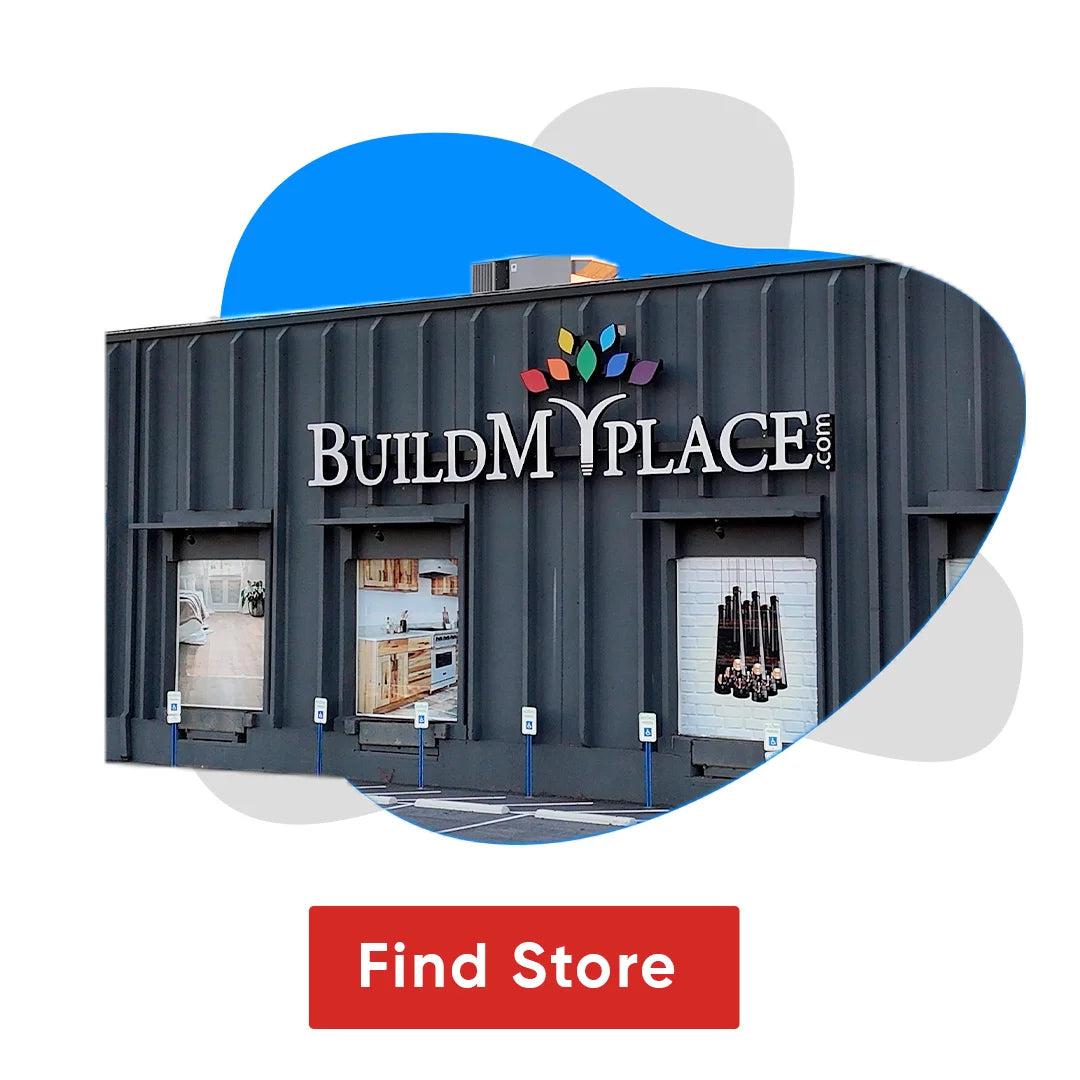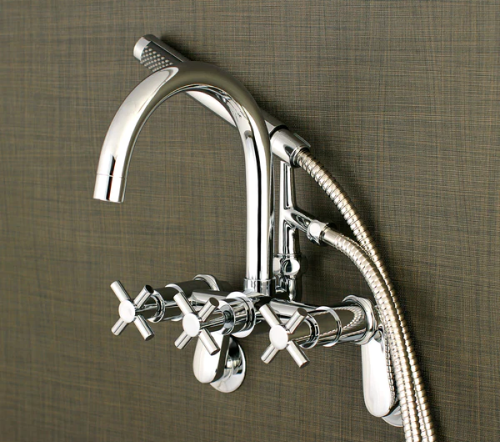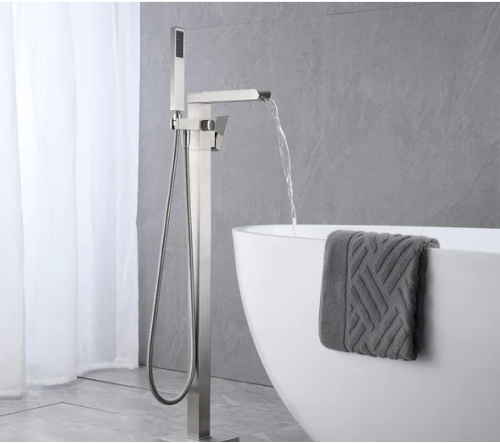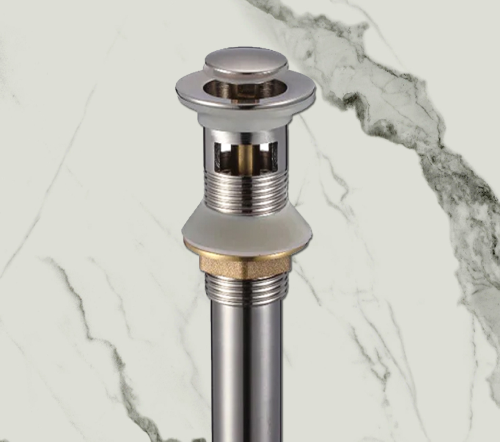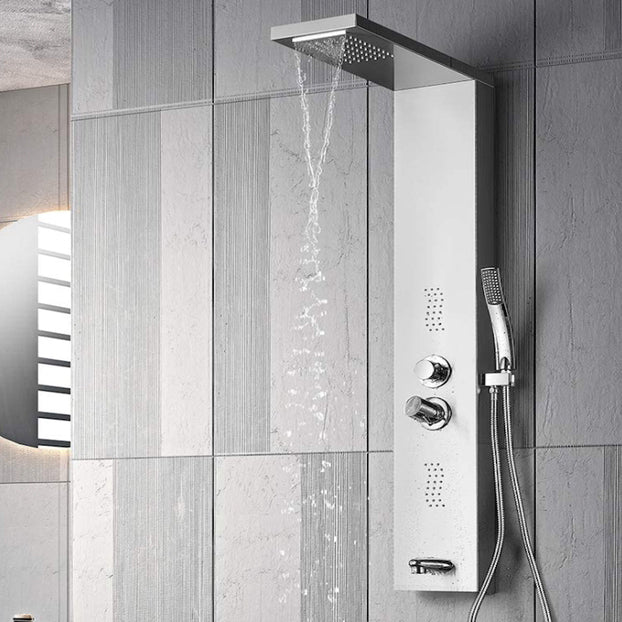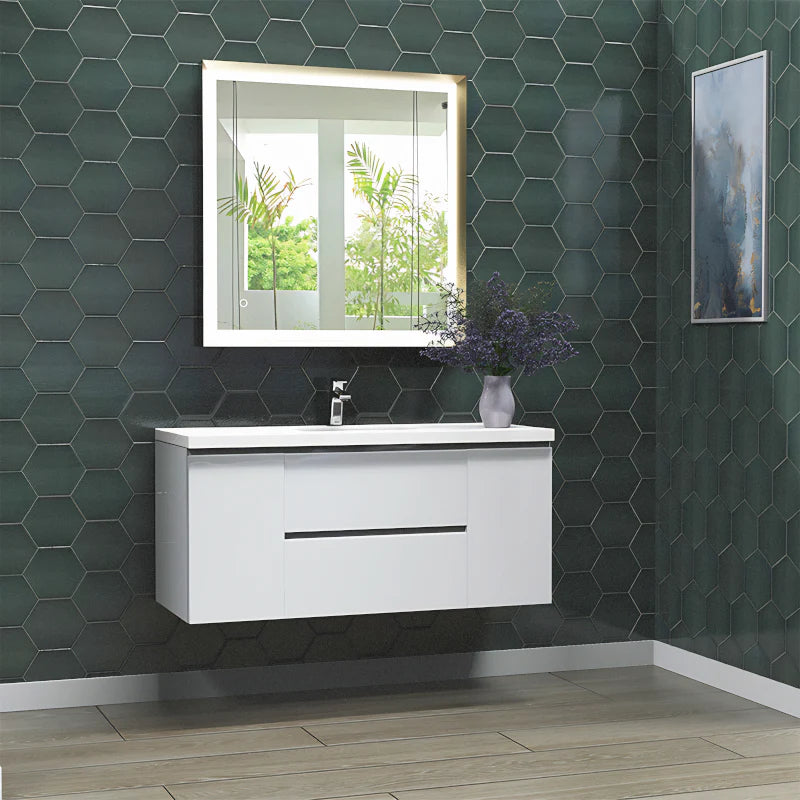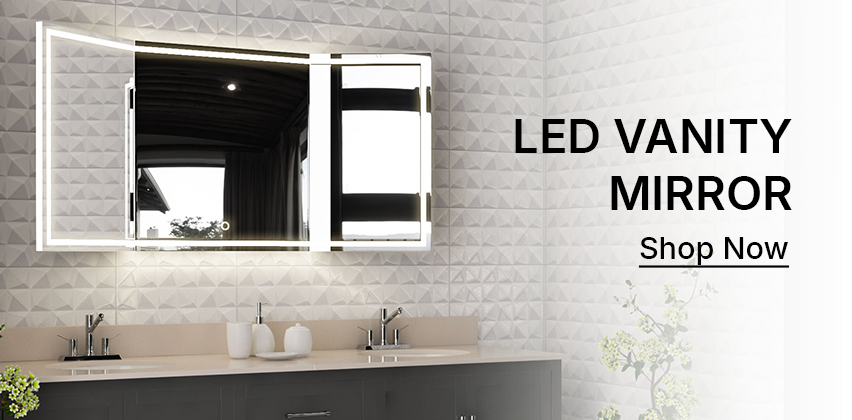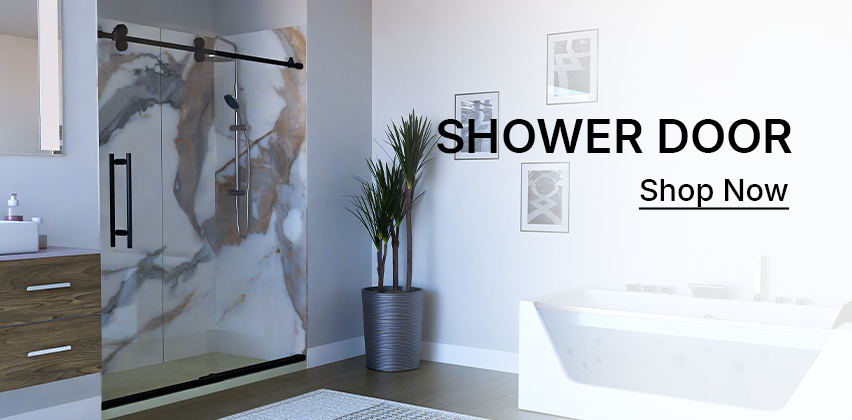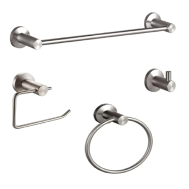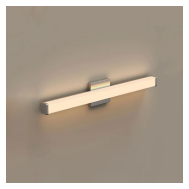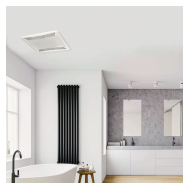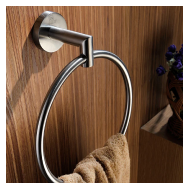About Bathtubs
After a long and hectic day at the office or staying home all day with the kids, what could be better than a refreshing bath that makes you forget every stress? But choosing how to relax is also a point of discussion isn’t it? I believe the bathtub is a great place to relax and unwind. At BuildMyPlace we do not only offer world-class bathtubs for purchase but also provide guidance on how to find the perfect tub that matches your personal tastes and needs.
What Are The Different Types of Bathtubs?
Since there are a variety of bathtubs in the market, The first question that comes to mind while planning the bathtub to buy could possibly be what to pick and buy? No issues we’re here to ease out for you.
Bathtubs are differentially categorized into the following types:
Alcove Bathtubs
An alcove bathtub is a type of bathtub designed to fit in a recess, usually against three walls. It is characterized by the presence of an incomplete side, usually facing a wall, while the other three sides are locked in place. Alcove bathtubs, thanks to their ability to maximize floor space and provide a comfortable bathing area, are widely used in small bathrooms or bathrooms with limited capacity.
Freestanding Bathtubs
Freestanding bathtubs are individual, unattached units that are versatile in placement within a bathroom, not being confined to a corner or wall. They come in various designs, materials, and sizes, allowing for a statement piece that can match any decor style. Their accessibility from all sides makes them easier to clean and maintain with the luxurious, spa-like experience they offer, enhancing the overall bathroom ambiance.
Walk In bathtubs
Walk-in bathtubs feature a door that allows users to enter without climbing over the side, making them an excellent choice for individuals with mobility issues or the elderly. These tubs often come with safety features such as non-slip floors, grab bars, and low-entry thresholds, significantly reducing the risk of falls. They can also include therapeutic options like hydrotherapy jets and accessibility to comfort, making them a practical and luxurious addition to any bathroom.
Soaking Bathtubs
Soaking bathtubs comprise extra depth for a relaxing soaking experience. These tubs are available in various lengths, widths, and depths so that people of all body shapes and sizes can soak in them comfortably. These bathtubs are perfect examples to state relaxation has no bounds.
Whirlpool Bathtubs
If you are the one sick with muscle pain and joint pains! Bingo you got your thing because water jets are positioned near the major muscle groups in the Whirlpool tubs and consist of chroma therapy to provide a soothing and relaxing massage experience as water jets are a great way to reduce aches and pains you will be more than happy to choose this bathtub.
Air Bathtubs
They're similar to whirlpools, except they use air jets as opposed to waterjets. The air jets propel air from several different ports that spread the pressure out, unlike the concentrated water jets in a whirlpool tub. There's less intensity in the sensation of an air bath. People find it more soothing than a whirlpool bath.
Combination Bathtubs
Combination tubs are multifunctional soaking tubs that offer the comfort of both air and whirlpool technologies and are comparatively more expensive because of the exclusive features it holds including chromatherapy which is suited for extra comfort and relaxation.
What Are the Benefits of Different Bathtub Materials?
Since most of you will be wondering what if the materials could be harsh and cannot be compatible with the beauty of products! Well, no more these bathtubs are made with the mindset of making not only graceful but along with the best materials, at BuildMyPlace we do not compromise with style, material and comfort and so all you need.
Here are some best materials that is used in bathtub making:-
Acrylic -
Lightweight with molded construction and simpler to clean because of its non-porous surface.
Copper -
Appealing design with resistance to scratches and chips, although difficult to find.
Cast Iron -
The enamel, which is usually porcelain or ceramic, is tough and can withstand most bathtub wear and tear. They retain heat, though a little heavier than the alternatives.
Solid Surface -
Resin or stone composite tubs, often made to look like stone, are long-lasting and non-porous. They retain heat well, are simpler to clean, and have little to no color loss over time.
How To Choose The Right Drain Placement?
Tub drain placement matters; it's where the water flows. While a new tub usually fits standard plumbing, the drain holes are fixed, so your plumber can't just move them.
To find the right spot for your drain, look at the tub's front side facing the room. Some tubs have a center drain, which simplifies things. If your drain's on the left, you need a left-drain tub; if it's on the right, you need a right-drain tub.
Alternatively, there are tubs with reversible drain placement. They're like shape-shifters, adaptable to any plumbing setup. So, no matter the layout, there's a tub that fits like a glove.
FAQs
Which kind of bathtubs are more compatible to fit in small spaces?
Alcove bathtubs are the best option to opt for if you have less space.
Is it expensive to install a bathtub?
Depending on the criteria of bathtubs you are buying, choosing alcove to whirlpool prices may differ.
How much safer are walk-in tubs?
Walk-in bathtubs prioritize safety with features like handrails, anti-slip floors, built-in seating, low entry steps, scald prevention valves, and wheelchair-friendly wide doors.
What is the standard size for a soaking tub?
Typically, Between 60 and 67 inches with some even extending as much as 90 inches in length. And 76 inches in width generally hold around 250 gallons of water and offer a depth of at least 14 to 23 inches or even more.
What is the difference between a soaking tub and a standard tub?
The depth of a standard tub is typically 14 to 16 inches (sometimes as much as 18 or 19 inches), while a soaking tub's average height is 23 inches. As a result, they can hold a lot more water than a standard bathtub.
Which is better, cast iron or acrylic?
Acrylic bathtubs are reinforced with fiberglass, offering crack resistance and easy scratch repair with acrylic filler. In contrast, cast iron bathtubs boast durability but are heavier and may need floor reinforcement before installation.
What is the major difference between a freestanding bathtub and an alcove bathtub?
The key difference lies in installation. Alcove tubs fit into a recess, with walls on three sides. whereas, Freestanding tubs are self-supporting beauties, finished on all sides for placement anywhere in your bathroom.
If you have got any queries regarding bathtubs, bathroom faucets, bathroom cabinets & vanities, or vanity mirrors, just post them in the question/answer section and we'll get back to you as soon as possible.


